serviços de fundição de uretano
A nossa certificação ISO 9001 garante uma qualidade de nível superior em cada lote
Somos os especialistas em materiais de poliuretano para o desenvolvimento dos seus produtos
- Peças de reposição em até 10 dias
- Inspeção 100% para cada peça
- Criação de protótipos e produção rápida de peças
Todos os carregamentos são seguros e confidenciais.
Processo de fundição em uretano
Podemos fornecer-lhe informações sobre os serviços de fundição de uretano. A fundição de uretano é um processo de fabrico que envolve a criação de peças e componentes utilizando materiais de poliuretano. Este processo é normalmente utilizado para produzir protótipos, peças de produção de baixo volume e componentes de substituição.
Acabamentos disponíveis para peças fundidas em uretano:
Fundição de uretano Matte/Frosted
Semi-brilho
Totalmente brilhante
Textura personalizada
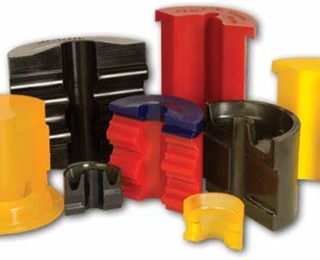
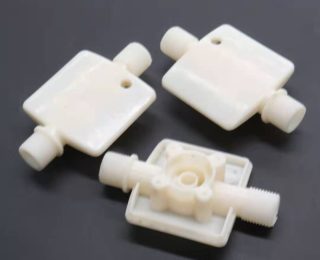
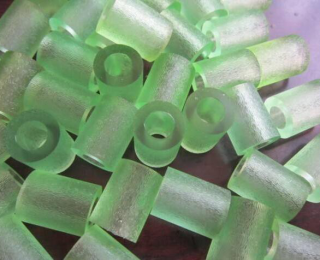
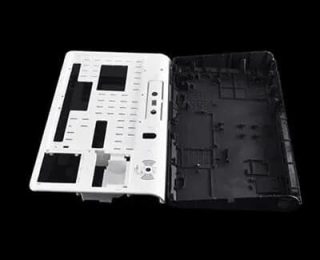
Fundição de uretano
Silicone fundido//O silicone é durável, elástico, resistente a rasgões, inerte, fácil de limpar e tem uma resistência a altas temperaturas. A fundição de silicone é ideal para dispositivos médicos, modelos cirúrgicos, adereços, caixas de toque suave e muito mais.

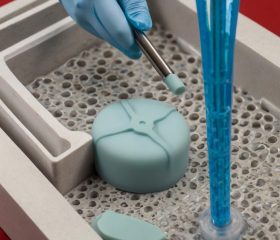
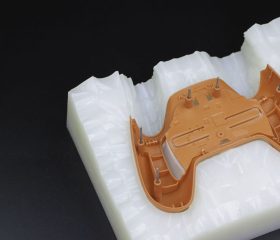
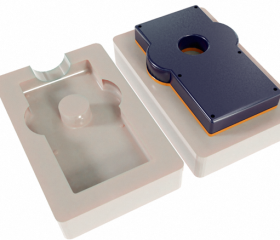
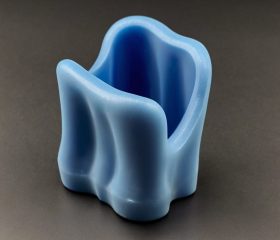
Os serviços de fundição de uretano envolvem normalmente os seguintes passos:
Criação de padrões mestre: É criado um padrão mestre da peça pretendida utilizando métodos como a impressão 3D, a maquinagem CNC ou a modelação manual.
Fabrico de moldes: As dimensões finais das peças fundidas em uretano dependem da precisão do modelo mestre, da geometria da peça e do material de fundição. Em geral, é típica uma taxa de contração de + 0,15%.
Mistura de materiais e fundição: O material de poliuretano é misturado e vertido no molde. O material cura e endurece para formar a peça final.
Acabamento de peças: Após o processo de fundição, as peças podem ser submetidas a processos de acabamento, tais como corte, lixagem, pintura ou tratamentos de superfície adicionais.
Os serviços de fundição em uretano são frequentemente escolhidos pela sua relação custo-eficácia, tempos de execução rápidos e capacidade de produzir peças de alta qualidade com geometrias complexas. Se procura uma empresa que forneça serviços de fundição em uretano, desde a conceção ao protótipo e à produção, a nossa equipa de engenheiros está pronta para ajudar a dar vida à sua ideia.
Aplicações da fundição de uretano
A fundição de uretano é um processo de fabrico versátil que encontra aplicações em várias indústrias devido à sua capacidade de produzir peças de alta qualidade com geometrias complexas. Algumas aplicações comuns da fundição de uretano incluem
Prototipagem: A fundição em uretano é amplamente utilizada na prototipagem rápida para produzir rapidamente protótipos funcionais para fins de teste e validação antes da produção em grande escala.
Produção de baixo volume: É ideal para séries de produção de baixo volume em que a moldagem por injeção tradicional pode não ser rentável. A fundição de uretano pode produzir eficazmente pequenas e médias quantidades de peças.
Peças de substituição: A fundição em uretano é frequentemente utilizada para criar peças de substituição para máquinas, equipamento ou produtos que já não estão em produção ou que têm prazos de entrega longos para os métodos de fabrico convencionais.
Aeroespacial e Defesa: A fundição em uretano é utilizada nas indústrias aeroespacial e de defesa para fabricar componentes leves, ferramentas e acessórios para aeronaves, satélites e aplicações militares.
Automóvel: A fundição em uretano é utilizada no sector automóvel para produzir protótipos de peças, componentes personalizados, peças de acabamento interior e protótipos funcionais para testes.
Dispositivos médicos: A indústria médica utiliza a fundição em uretano para desenvolver protótipos e peças de produção de baixo volume para dispositivos médicos, instrumentos cirúrgicos, próteses e designs de produtos ergonómicos.
Eletrónica de consumo: A fundição em uretano é popular na indústria eletrónica de consumo para criar caixas, invólucros, botões e outros componentes personalizados para dispositivos electrónicos.
Equipamento industrial: A fundição de uretano é utilizada no fabrico de equipamento industrial, componentes de maquinaria, vedantes, juntas e outras peças especializadas.
Modelos de arquitetura: A fundição em uretano é utilizada para criar modelos arquitectónicos, elementos decorativos, sinalética e réplicas à escala para apresentações e visualizações de design.
A fundição em uretano oferece flexibilidade, precisão e rentabilidade para produzir peças de alta qualidade em tempo útil, tornando-a a escolha preferida para uma vasta gama de aplicações em todas as indústrias.
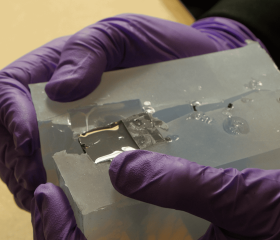
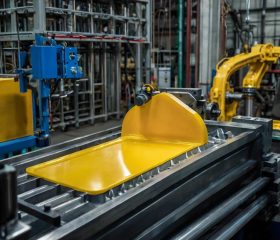
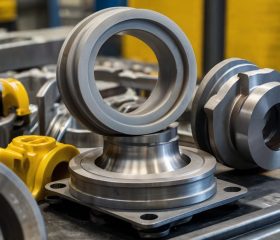
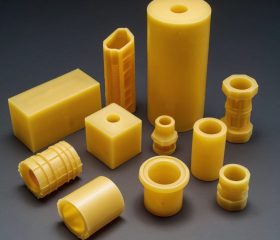
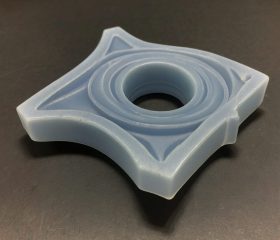
As nossas outras capacidades de fabrico
Somos especializados em impressão 3D, maquinagem CNC, fundição a vácuo, moldagem por injeção e fabrico de chapas metálicas, oferecendo uma grande variedade de materiais e acabamentos de superfície.

Maquinação CNC
Dispomos de um centro de maquinagem composto por fresagem-torneamento, 3 eixos standard, 5 eixos contínuos, fresadora de 3+2 eixos, perfuração e pós-processamento utilizando mais de 50 metais e plásticos diferentes, disponíveis em mais de 15 acabamentos de superfície. Tolerâncias até ±.0000394" (0.001mm )
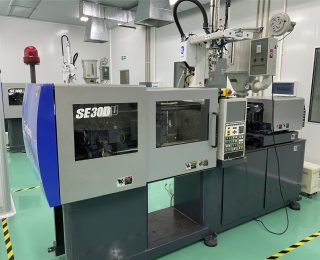
Serviços de moldagem por injeção
A HOFeng pode moldar qualquer termoplástico. Serviços de moldagem por injeção rentáveis para os seus produtos e peças personalizados. Ferramenta de protótipo em apenas 10 dias Ferramenta de produção em apenas 2 semanas, ISO 9001:2015 | Crítico para as inspecções de qualidade
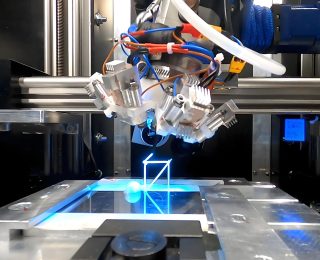
Serviço de impressão 3D
O serviço de impressão 3D da HOFeng é o seu centro de produção de fabricação aditiva para mais de 30 materiais para qualquer aplicação, serviço de impressão 3D Somos especialistas em impressão 3D para atender a todos os seus requisitos de nível industrial.
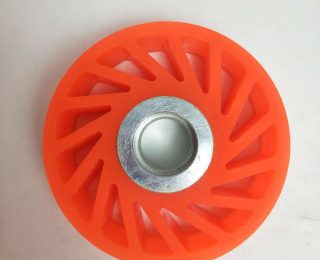
Serviços de fundição de uretano
A nossa certificação ISO 9001 permite-nos oferecer uma qualidade de topo em cada lote. Somos os especialistas em materiais de poliuretano para o desenvolvimento do seu produto
Perguntas frequentes sobre a fundição em uretano
Se tem uma fundição de uretano pronta a começar, estamos aqui para o ajudar do início ao fim. Com a nossa vasta gama de serviços opcionais de pós-processamento e medidas rigorosas de garantia de qualidade implementadas pelo nosso departamento de controlo de qualidade dedicado, pode ter a certeza de que receberá produtos que correspondem às suas expectativas.
Basta enviar-nos os seus ficheiros CAD 3D e a nossa equipa fornecer-lhe-á um orçamento gratuito. Os nossos experientes engenheiros de modelos efectuarão uma análise minuciosa do seu design para efeitos de fabrico (DFM), assegurando que o produto final não só cumpre os seus padrões de qualidade, como também se enquadra nas suas restrições orçamentais.
Com que rapidez posso receber as minhas peças?
As peças de qualidade com menos de 800 unidades podem ser fabricadas no prazo de uma semana se fornecer modelos CAD 2D e 3D completos. As peças mais complexas que exijam outras caraterísticas especiais demorarão mais tempo.
Que considerações devem ser feitas ao conceber peças para maquinagem CNC?
Os projectistas devem considerar factores como o acesso às ferramentas, a seleção de materiais, as tolerâncias e os acabamentos de superfície ao projetar peças para maquinagem CNC.
Quanto tempo demora normalmente um processo de maquinagem CNC?
A duração de um processo de maquinagem CNC depende de factores como a complexidade da peça, o material utilizado e as tolerâncias pretendidas. Pode variar de minutos a horas.
como fundir borracha de uretano?
Misturar borracha de uretano: Selecione um material de borracha de uretano de duas partes que satisfaça os requisitos do seu projeto em termos de dureza, flexibilidade, cor e outras propriedades. Siga as instruções do fabricante para misturar os dois componentes na proporção correta.
Desgaseificação (opcional): Para remover as bolhas de ar da mistura de borracha de uretano, pode utilizar uma câmara de vácuo para desgaseificar o material. Este passo ajuda a garantir uma fundição suave e sem bolhas.
Deitar: Verter cuidadosamente o material de borracha de uretano misturado no molde. Certifique-se de que deita lenta e uniformemente para evitar a formação de bolhas de ar na mistura.
Cura: Deixar a borracha de uretano curar e endurecer de acordo com as instruções do fabricante. O tempo de cura pode variar em função do tipo específico de borracha de uretano utilizado e das condições ambientais, como a temperatura e a humidade.
Desmoldagem: Quando a borracha de uretano estiver totalmente curada, retire cuidadosamente a peça do molde. Dependendo da complexidade do molde e do desenho da peça, pode ser necessário utilizar agentes de libertação ou técnicas para facilitar a desmoldagem.
Pós-processamento (opcional): Após a desmoldagem, pode cortar qualquer excesso de material, limpar a peça e efetuar quaisquer passos adicionais de pós-processamento, tais como pintura, acabamento ou montagem, conforme necessário.
Testes e controlo de qualidade: Inspecionar a peça de borracha de uretano fundido quanto a defeitos, imperfeições da superfície, dimensões e qualidade geral. Efetuar todos os testes necessários para garantir que a peça cumpre as especificações e os critérios de desempenho exigidos.
Seguindo estes passos e tomando as devidas precauções, pode fundir com êxito peças de borracha de uretano para várias aplicações, tais como protótipos, componentes industriais, moldes personalizados, vedantes, juntas e muito mais.
Quais são as certificações ou normas da indústria que cumprem nos vossos processos de maquinagem CNC?
A HOFeng tem certificação ISO 9001 e está em conformidade com a norma ISO 13485.
Quais as tolerâncias que as vossas máquinas CNC conseguem atingir?
As nossas máquinas são capazes de tolerâncias tão apertadas como +/- 0,0002 polegadas.
quanto custa a moldagem por injeção?
O cálculo dos custos de moldagem por injeção envolve múltiplos factores, incluindo a conceção do produto, os custos das matérias-primas, os custos da mão de obra, a depreciação do equipamento, etc.
Conceção do produto: A complexidade, o tamanho, a forma e outros factores afectarão o custo da moldagem por injeção. Alguns produtos complexos podem exigir moldes e técnicas de processamento especiais, e o custo aumentará em conformidade.
Custos das matérias-primas: Os diferentes tipos de matérias-primas plásticas têm preços diferentes e são também afectados por factores como a oferta e a procura no mercado. As matérias-primas representam uma proporção considerável dos custos de moldagem por injeção.
Custo do molde: A moldagem por injeção requer a utilização de moldes especialmente personalizados. Os custos de conceção, fabrico e manutenção do molde afectarão o custo.
Custo de mão de obra: A operação da máquina de moldagem por injeção e o processamento subsequente requerem participação manual. O custo da mão de obra é uma parte do custo da moldagem por injeção que não pode ser ignorada.
Consumo de energia: As máquinas de moldagem por injeção consomem uma grande quantidade de energia, como eletricidade e ar comprimido. Os custos de energia são também uma parte importante dos custos de moldagem por injeção.
porquê a fundição em uretano
A fundição de uretano, também conhecida como fundição de poliuretano, é um processo de fabrico popular utilizado para criar peças e protótipos de plástico de alta qualidade, precisos e duradouros. Existem várias razões pelas quais a fundição de uretano é escolhida em vez de outros métodos de fabrico, como a moldagem por injeção ou a impressão 3D:
Económica: A fundição em uretano é uma alternativa económica à moldagem por injeção para produções de baixo volume. Não requer ferramentas, moldes ou custos de configuração dispendiosos, o que a torna ideal para produzir pequenas quantidades de peças sem o elevado investimento inicial.
Rápida execução: A fundição em uretano permite a criação rápida de protótipos e a produção de peças com prazos de entrega mais curtos em comparação com os métodos de fabrico tradicionais. Isto faz com que seja a escolha preferida para projectos que exigem tempos de execução rápidos.
Precisão e exatidão: A fundição em uretano produz peças com elevada precisão e exatidão, o que a torna adequada para aplicações que exigem tolerâncias apertadas e detalhes intrincados. As peças podem ser reproduzidas com qualidade consistente e exatidão dimensional.
Vasta gama de materiais: A fundição em uretano oferece uma variedade de opções de materiais com diferentes propriedades, tais como flexibilidade, dureza e resistência ao impacto. Esta versatilidade permite a personalização e a seleção do material mais adequado aos requisitos específicos do projeto.
Acabamentos de superfície: A fundição em uretano pode atingir uma vasta gama de acabamentos de superfície, incluindo acabamentos mate, fosco, brilhante ou texturado. Isto permite a personalização do aspeto e do toque das peças, aumentando o seu atrativo estético.
Geometrias complexas: A fundição em uretano pode produzir peças com geometrias complexas, cortes inferiores, paredes finas e caraterísticas intrincadas que podem ser difíceis de fabricar utilizando outros métodos. Esta versatilidade torna-o adequado para uma vasta gama de aplicações em várias indústrias.
Produção de baixo volume: A fundição em uretano é adequada para produções de baixo volume, testes de protótipos e produção de pontes entre iterações de design. Oferece flexibilidade na escala das quantidades de produção com base na procura sem a necessidade de grandes quantidades mínimas de encomenda.
Em geral, a fundição de uretano é um processo de fabrico versátil, económico e eficiente que oferece inúmeras vantagens para a criação de peças e protótipos de plástico com elevada qualidade, precisão e opções de personalização. É amplamente utilizado em indústrias como a automóvel, aeroespacial, dispositivos médicos, eletrónica de consumo e outras para a produção de protótipos funcionais, peças de utilização final e componentes.
